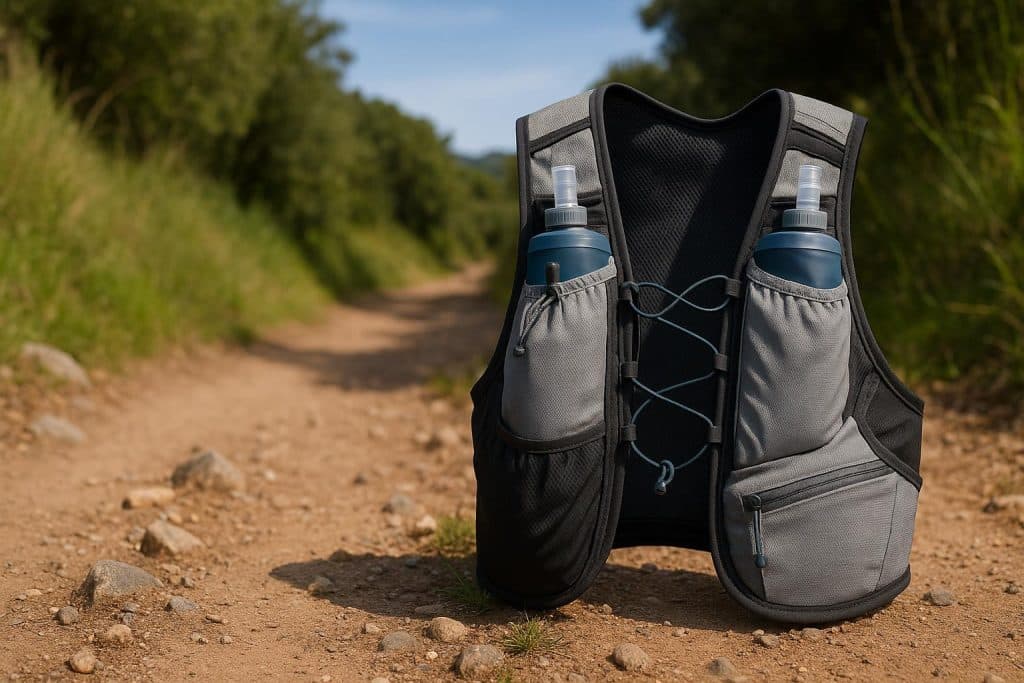Hydration sounds straightforward, yet every runner learns that fatigue appears the moment water becomes hard to reach. A running hydration vest solves the problem. It is a practical item that carries water, food and small items without forcing you to stop. As the distance grows or the route grows complex, the vest becomes even more important. Whether you run on smooth asphalt or on rough single track, follow these steps to pick the vest that suits you.
Consider the Running Hydration Vest’s Capacity
The capacity of the running hydration vest is the first point to weigh. Models range between 5 and 25 liters overall. If you mainly run on roads, you may prefer a compact vest with lower gear capacity, especially if you have access to water fountains or predictable refueling points. On the other hand, you probably need more autonomy with extra liters of water, room for energy gels, weather layers, and emergency essentials if you enjoy trail running. It’s up to you to decide if a small flask or a larger bladder is enough according to your needs and running habits. Use those points to help you decide:
- Your average running distance and duration
- The access to water refills along your route
- The need for extra gear or nutrition
- Your preference between soft flasks or a bladder system
Verify the Hydration Vest Fit, Comfort, and Adjustability
Fit affects comfort while you run. The vest should sit tight yet not restrict you. It should rest on your shoulders or torso without disturbing your arm swing or breathing. Moreover, adjustable straps allow you to tighten or loosen the vest if you add or remove clothing. Shift the vest too often and you will rub against the skin. Test the vest, moving your arms and torso to ensure it stays in place. Trail runners in particular need a secure fit, since uneven terrain can exaggerate bouncing.
Take into Account the Materials involved and the Weight
Pay close attention to materials when choosing your hydration vest. Lightweight fabrics help cut down on fatigue, while breathable mesh panels encourage air circulation and allow sweat to evaporate. This helps the vest adapt to your movements and gear capacity. For those that find themselves more frequently running in warm conditions or just prefer to road run at great speeds, a minimalist vest complete with streamlined pockets could be most ideal. Ultimately, the best hydration vest will strike the ideal balance between water capacity, pocket layout, and ergonomic design, allowing you to keep your focus on your pace, not on managing your gear!
What size hydration vest do I need for running?
Choose based on your water and gear needs. Decathlon’s 5L vests are perfect for short runs, while 10–15L models suit longer outings, offering adjustable straps and a stable fit.
How much water can a running hydration vest carry?
Most carry 1–2L in a bladder plus front flasks. Decathlon running hydration vests balance weight well and keep water easily accessible
Is a hydration vest better than a hydration belt for trail running?
Decathlon recommends a hydration vest over a belt for trail running. A hydration belt is limited in capacity.
